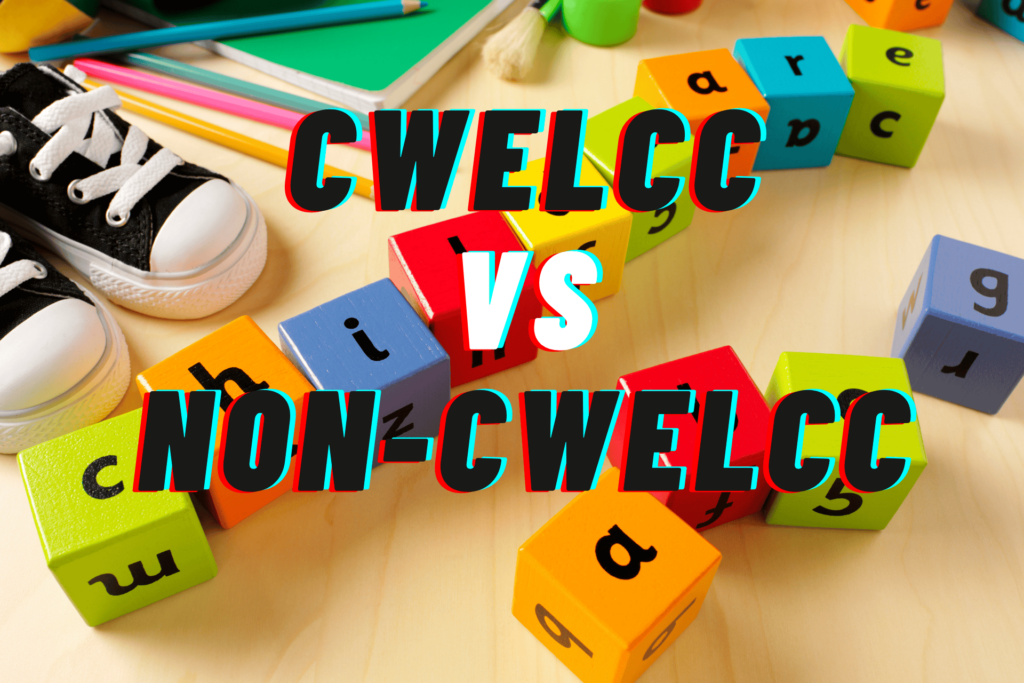As we approach the rollout of the new cost-reimbursement-based CWELCC program for 2025, many existing daycare operators are already deep into calculations and allocation approvals to prepare. However, for new operators, CWELCC 2025 may seem complex and unclear.
A common misconception among new operators is that the CWELCC program will continue to cover a portion of parents’ tuition fees. This approach, however, is no longer applicable. This article aims to provide an overview of the CWELCC 2025 cost-reimbursement program, helping new operators avoid misconceptions and plan appropriately when establishing a new daycare.
Until December 31, 2024, the CWELCC program has subsidized tuition directly, with the government covering a percentage of fees—around 52%—leaving parents responsible for the remaining balance. Starting in 2025, however, the program will shift to a cost-reimbursement model, where the government will cover daycare operating expenses rather than subsidize tuition fees. This model will reimburse costs based on approved benchmark expenses, with a predetermined profit margin of 7.75% added on top of eligible expenses.
Approved expenses include essential operational costs such as mortgage, rent, and TMI, but exclude non-essential items like coffee machines that are unrelated to student needs. Operators will need to adhere to benchmark expense allocations based on 2023 figures, adjusted slightly for 2025.
To help operators understand allowable expenses, the Ontario government has provided a cost-based funding estimator:
Ontario Cost-Based Child Care Funding Estimator
Additionally, operators are encouraged to thoroughly review the CWELCC 2025 program guidelines, which offer detailed examples and calculations to clarify how the reimbursement model functions:
CWELCC 2025 Funding Guidelines
Familiarizing yourself with these guidelines and tools will ensure you make informed financial decisions as you prepare to open and operate your daycare in the coming year.








